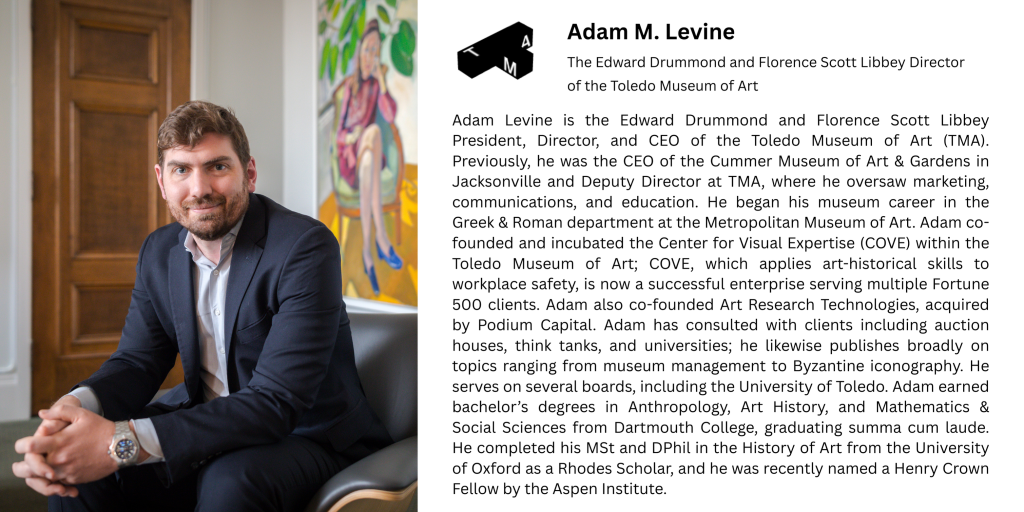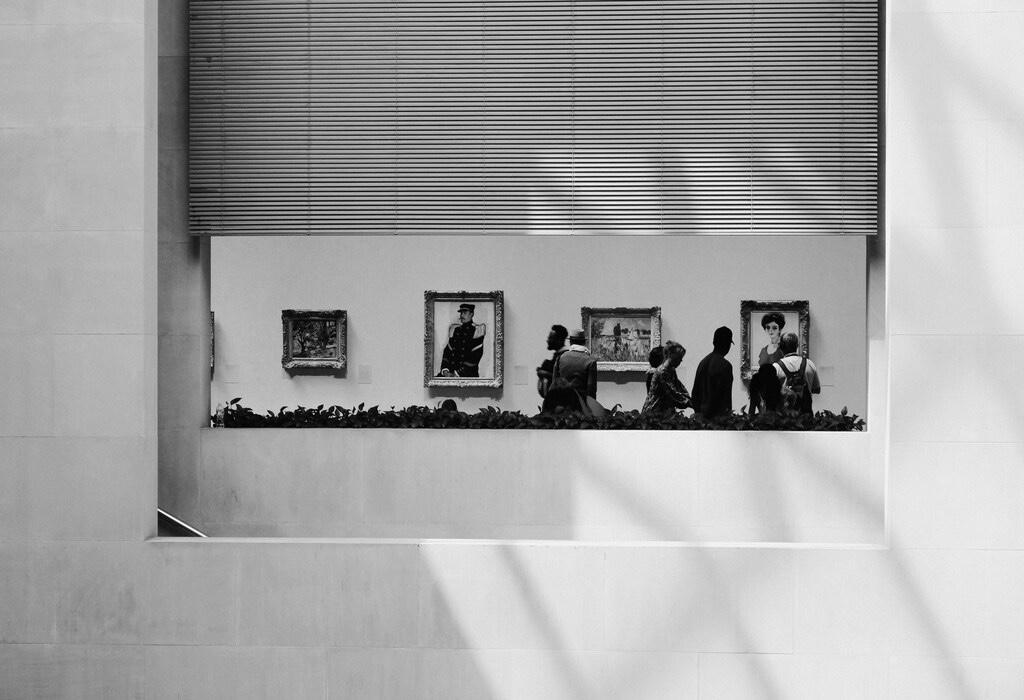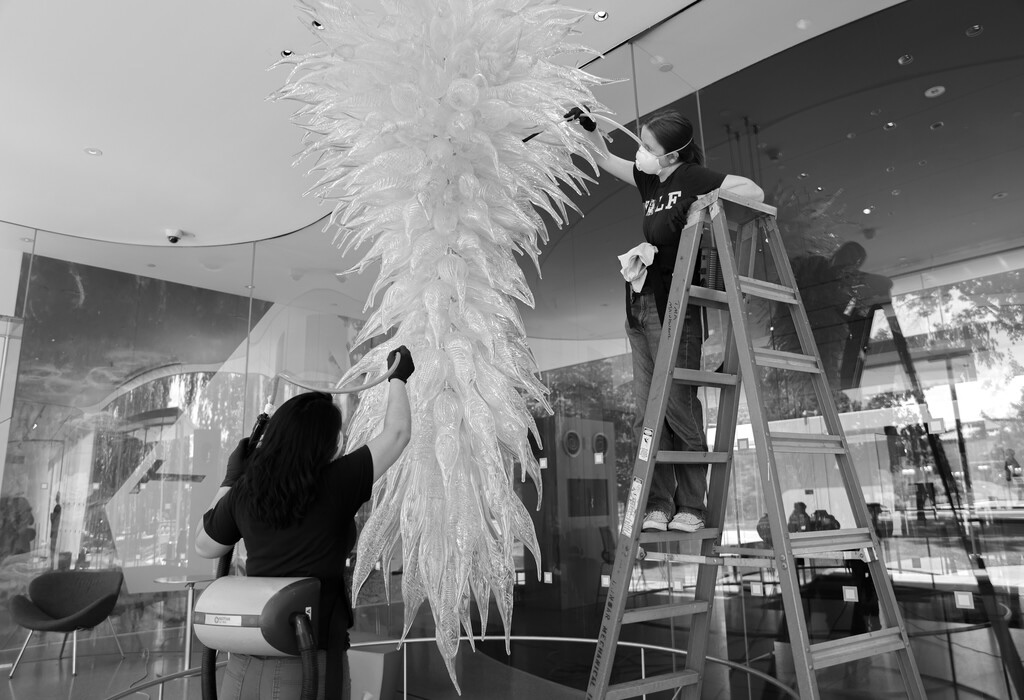The Untapped Pipeline: Surveying Commercial Art Professionals’ Appetite for Museum Careers
A four-part series on evolving museum talent by Adam Levine, the Edward Drummond and Florence Scott Libbey Director of the Toledo Museum of Art
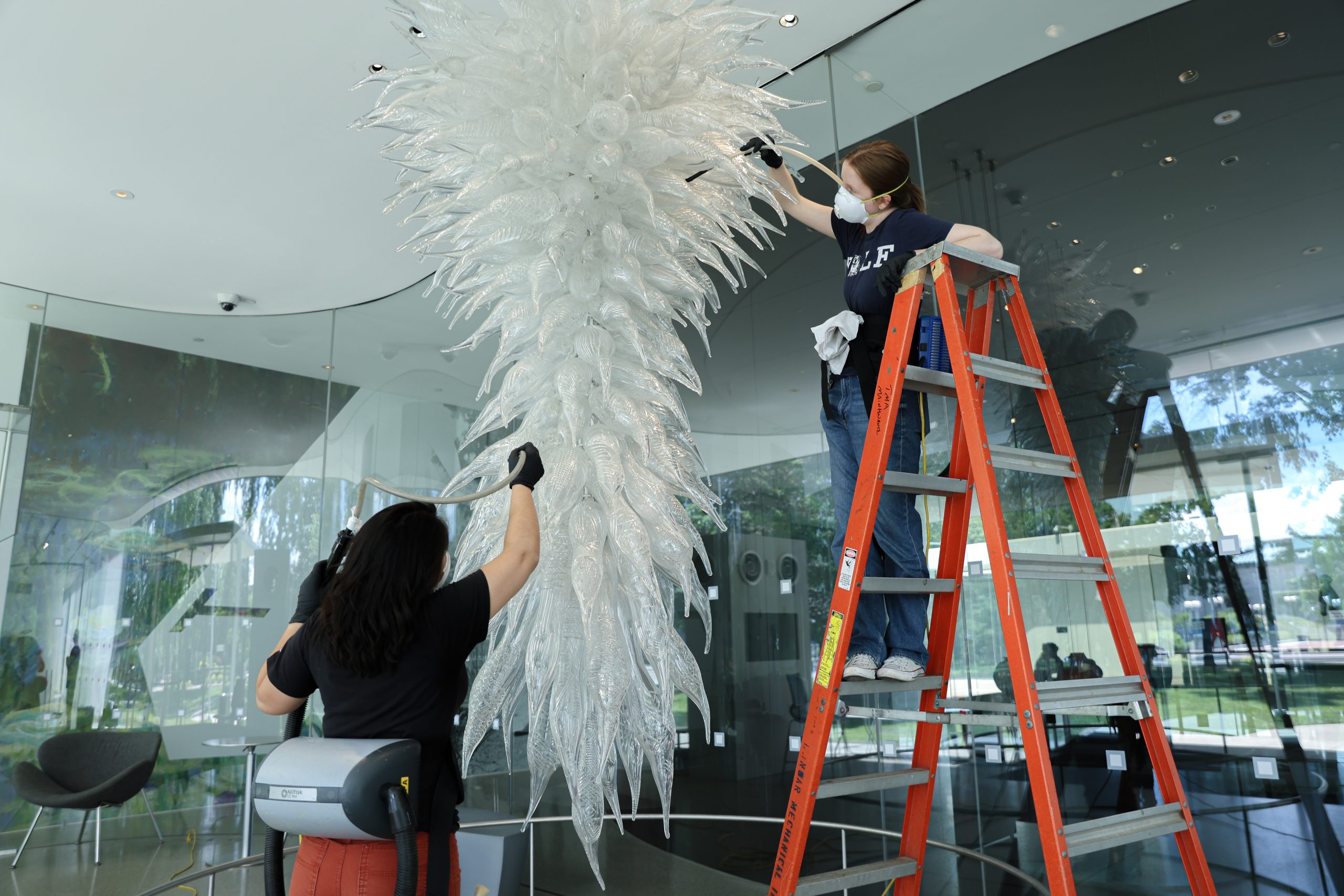
In the first two articles of this series, I argued that museums should broaden their leadership search beyond the traditional curatorial pipeline and consider candidates with commercial art world experience. I also outlined why doing so could diversify thinking, strengthen strategy, and expand innovation. Those essays were largely diagnostic, focused on museums’ challenges and the potential benefits of new perspectives. But for such a proposition to carry weight, we must also assess the appetite among commercial art professionals to transition into the museum field. After all, it is one thing to say museums would benefit from hiring differently; it is another to show that qualified candidates exist and are eager to make the leap.
Earlier this year, in collaboration with Sophie Macpherson Ltd., we sought to answer that very question. We distributed a survey to commercial art professionals worldwide and received over 400 responses. Not every respondent answered every question, but the results offer a meaningful snapshot of the landscape and, in turn, a clearer picture of the opportunities and obstacles ahead.
The survey respondents skewed female (78%) and were predominantly between the ages of 25 and 44 (65%). They were largely based in the United States (51%), the United Kingdom (28%), or continental Europe (14%), and two-thirds currently work in galleries, auction houses, artist studios, or advisory firms. Many are seasoned professionals: 68% reported more than a decade of total experience, and nearly half hold senior-level roles.
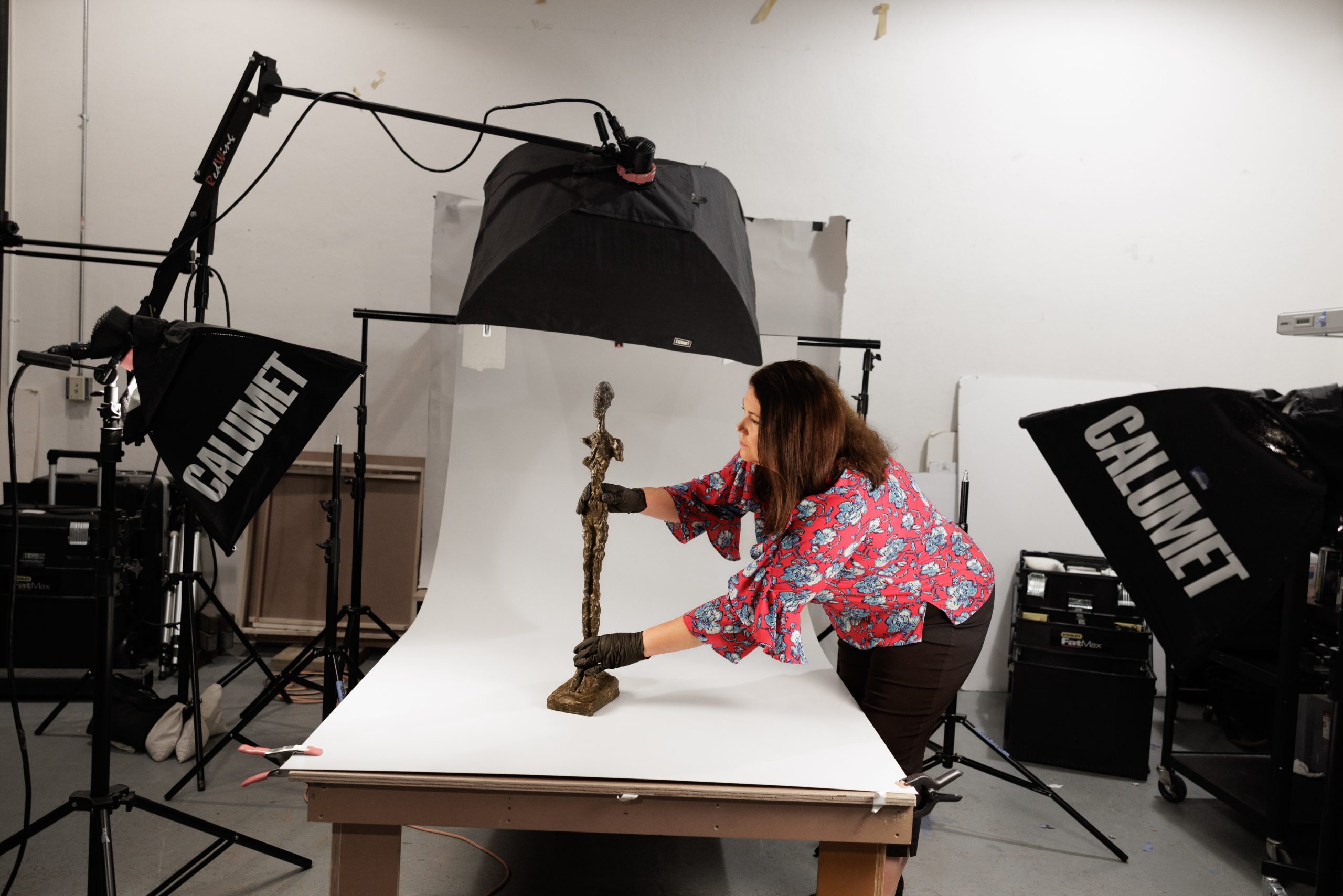
The headline finding is clear: Nearly three-quarters of respondents said they were open to transitioning into museum work. Only 7% were uninterested, and the remainder were unsure. Importantly, this openness is not confined to those with prior exposure to museums. A slight majority of respondents (54%) had worked in the public art sector at some point—often briefly, for fewer than three years—but those without prior experience were nearly as likely to express interest as those with it.
When we filter the data to look exclusively at commercial professionals—excluding those who listed a museum or non-profit as a current or recent employer—the interest remains robust. Roughly seven in ten still said they would consider moving into the public sector. In other words, the interest is not hypothetical or rooted in nostalgia for earlier jobs, but a genuine appetite among current commercial art world players, including and especially those in senior roles who have more art world experience.
To that point, nearly nine in ten respondents aged 55–64 said they would consider a museum role and, maybe as important, the survey also shows a strong correlation between length of tenure in the commercial art world and openness to museums. Those with ten or more years of experience in their specialism were far more likely to say “yes” than those with only two or three years even if they were in the middle of their career.
“The exhibition constraints of having to be commercially minded often make me dream about a different type of institutional show that I would like to make possible for an artist within a museum.” – Survey Respondent
Another striking finding is that interest varies by role type. Those working in strategy, curatorial, or research functions were substantially more inclined to consider museums than peers working exclusively in operations. This distinction shows up in other places in the data set. For example, the skills respondents most identify as being transferable from the commercial art space to the museum world include networking and relationship building (66%), project/event management (66%), and curation and exhibition planning (61%); almost all operational skills were ranked substantially lower (<40%), with the exception of business development/revenue generation (52%).
Apart from validating the overall interest in more tenured, more senior commercial art world players in transition to curatorial, research and strategy roles, what does the data suggest about what might encourage such applicants? And what might be holding people back?
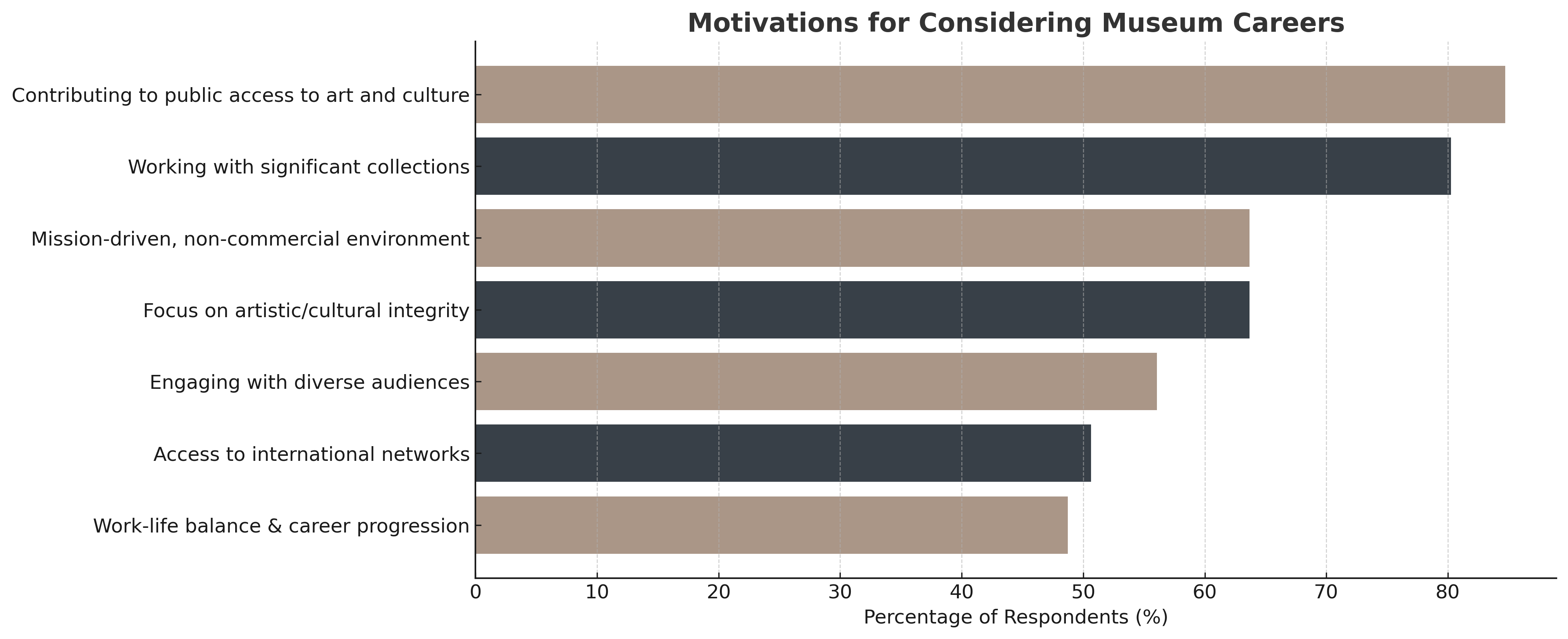
The leading motivations for a transition to the museum world were familiar but powerful: Contributing to public access to art and culture (85%), working with historic collections (80%), and engaging in mission-driven, non-commercial work (64%). Many also valued the chance to reach more diverse audiences (56%) and to focus on artistic integrity rather than sales (64%). For some, museums represent the opportunity to do the research-driven, collection-based work that is relatively scarce in the commercial sector. For others, they promise stability and a sense of legitimacy.
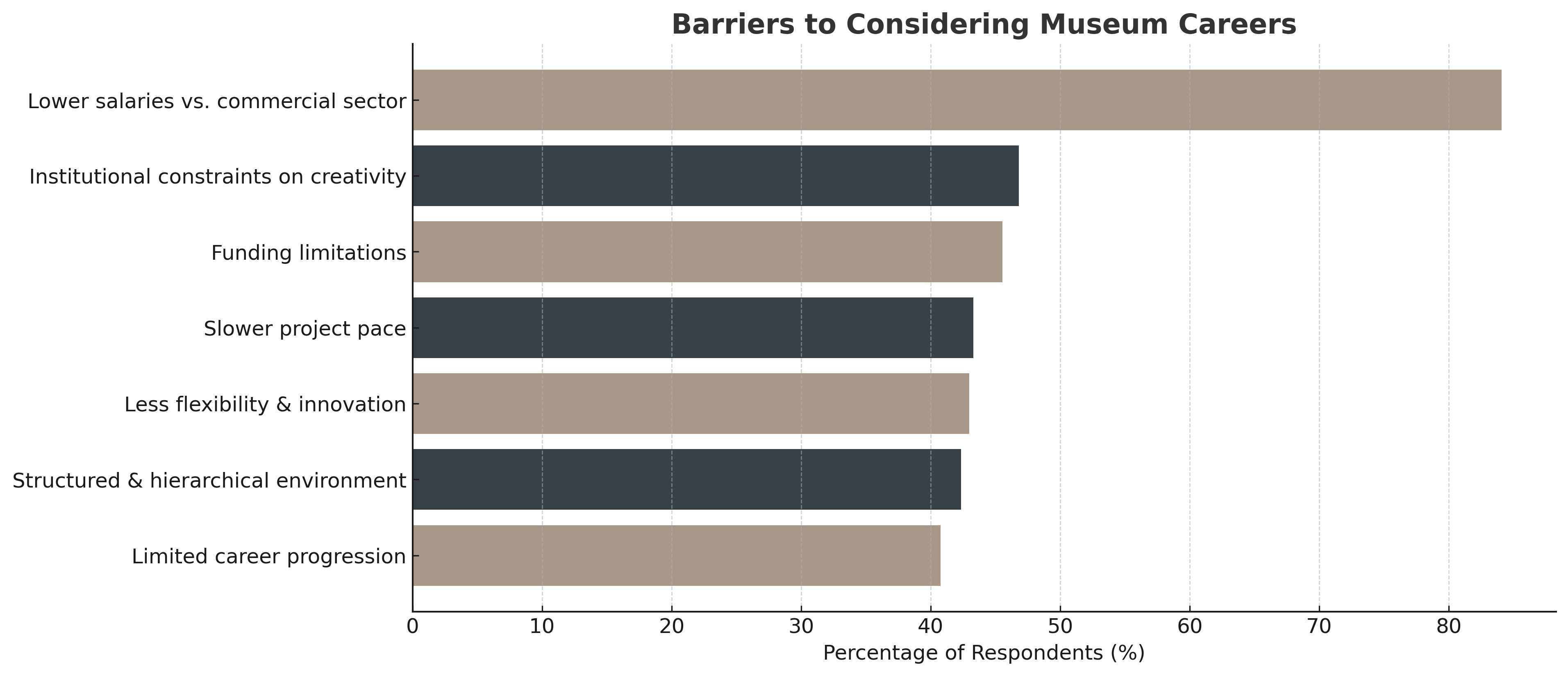
The barriers are equally clear. By far the most significant was compensation: 84% identified lower salaries as a deterrent. Concerns about political or institutional constraints (47%), limited career progression, and slower pace also surfaced frequently. Some respondents pointed to the hierarchical nature of large institutions as a deterrent, while others worried about lack of flexibility compared with the commercial world. Taken together, the motivations and barriers reflect a tension familiar to anyone in the field: museums are perceived as more meaningful but less remunerative, more legitimate but less agile.
The survey results, then, confirm that the commercial art world holds a significant reservoir of untapped talent for museums. Interest in transition is strong, especially among those with a decade or more of professional experience who are ready for new challenges. Barriers exist, but they are not insurmountable. The key will be to frame museum careers not as sacrifices but as opportunities: Opportunities to bring commercial acumen to public missions, to apply business skills to cultural impact, and to help museums evolve into more innovative, resilient, and community-centered organizations.
In the final article of this series, we will turn from diagnosis to prescription: Outlining concrete action steps for both museums and jobseekers to bridge this gap. If the appetite is as real as these survey results suggest, the task ahead is not to invent interest but to channel it.

